When waterproof seal degradation occurs, moisture ingress not only risks motor short-circuits but also accelerates corrosion and loosening at the brush-head base—leading to premature bristle splaying. To help B2B manufacturers understand and solve this interaction, we analyze six key factors and offer targeted countermeasures.
First, aging seals or gaskets develop tiny gaps:
Once gaps form, water easily tracks down into the brush-head interface.
Next, water trapped at the bristle root causes:
These effects combine to make splaying far more likely under vibration.
Additionally, trapped moisture fosters microbial colonies:
Biological degradation accelerates bristle loosening and wear.Company web: https://www.powsmart.com/product/electric-toothbrush/
Furthermore, repeated wet-dry and temperature swings introduce fatigue:
These stress cycles act as a catalyst for bristle splaying.
To eliminate these failures, B2B manufacturers should:
These improvements significantly extend both seal durability and bristle retention.
Finally, pairing design upgrades with user guidance ensures lasting performance:
A combined design-and-training approach helps B2B partners deliver reliable, long-lasting oral-care devices.
Conclusion
Waterproof seal degradation promotes moisture ingress, material fatigue, and microbial attack—all of which accelerate bristle splaying. By optimizing seal structures, material formulations, and maintenance protocols, B2B manufacturers can dramatically improve the durability and safety of their oral‐care devices, securing a sustainable competitive advantage. Contact us to co-develop high-reliability, smart brush-head systems!

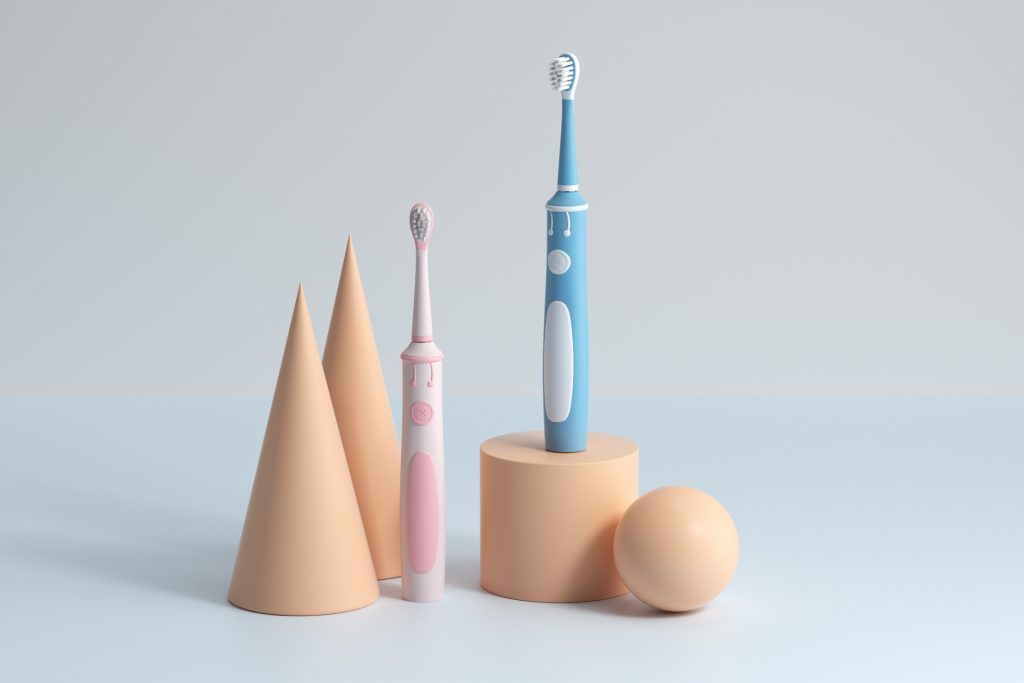
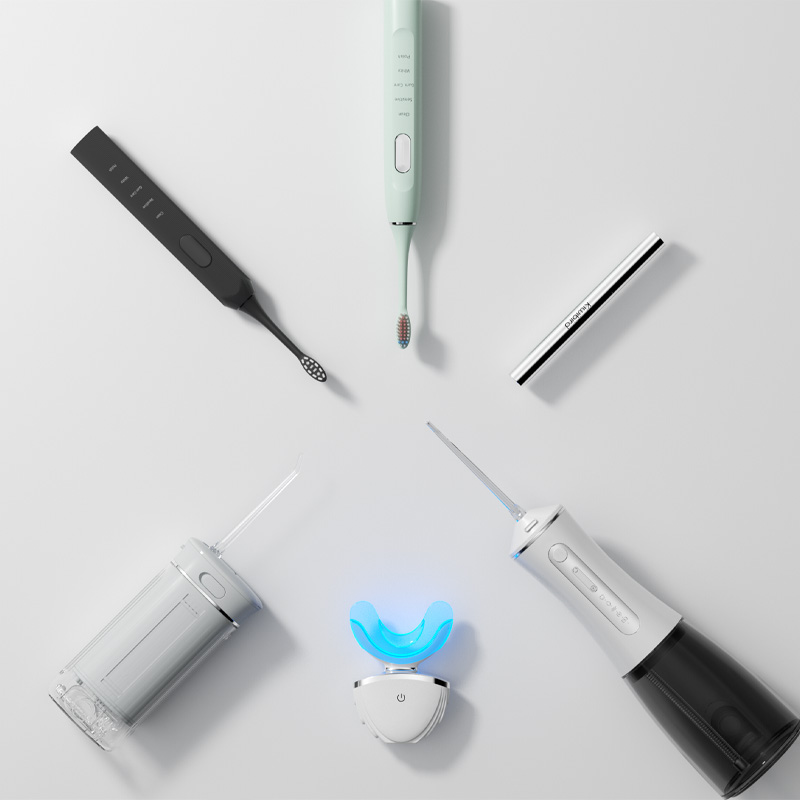

How to Increase Repurchase Rate Through the “Brush Head + Toothbrush Handle” Accessory Adaptation Structure?

Explaining the Teeth Whitening Device and How to Use It
Why Does Your Electric Toothbrush Have Battery Corrosion Issues and Charging Base Failure?
.jpg)
Smart Electric Toothbrush Manufacturing: How to Choose the Best OEM Partner

Why Does the Oral Irrigator Make Abnormal Noise After Being Used for a Period of Time?
.jpg)
How RV long-life battery defines RV power toothbrush reliability
Handle Grip Design Affecting Mucosal Irritation?

How to Establish a Stable Supply Chain for Oral Care Products? A Guide for Distributors
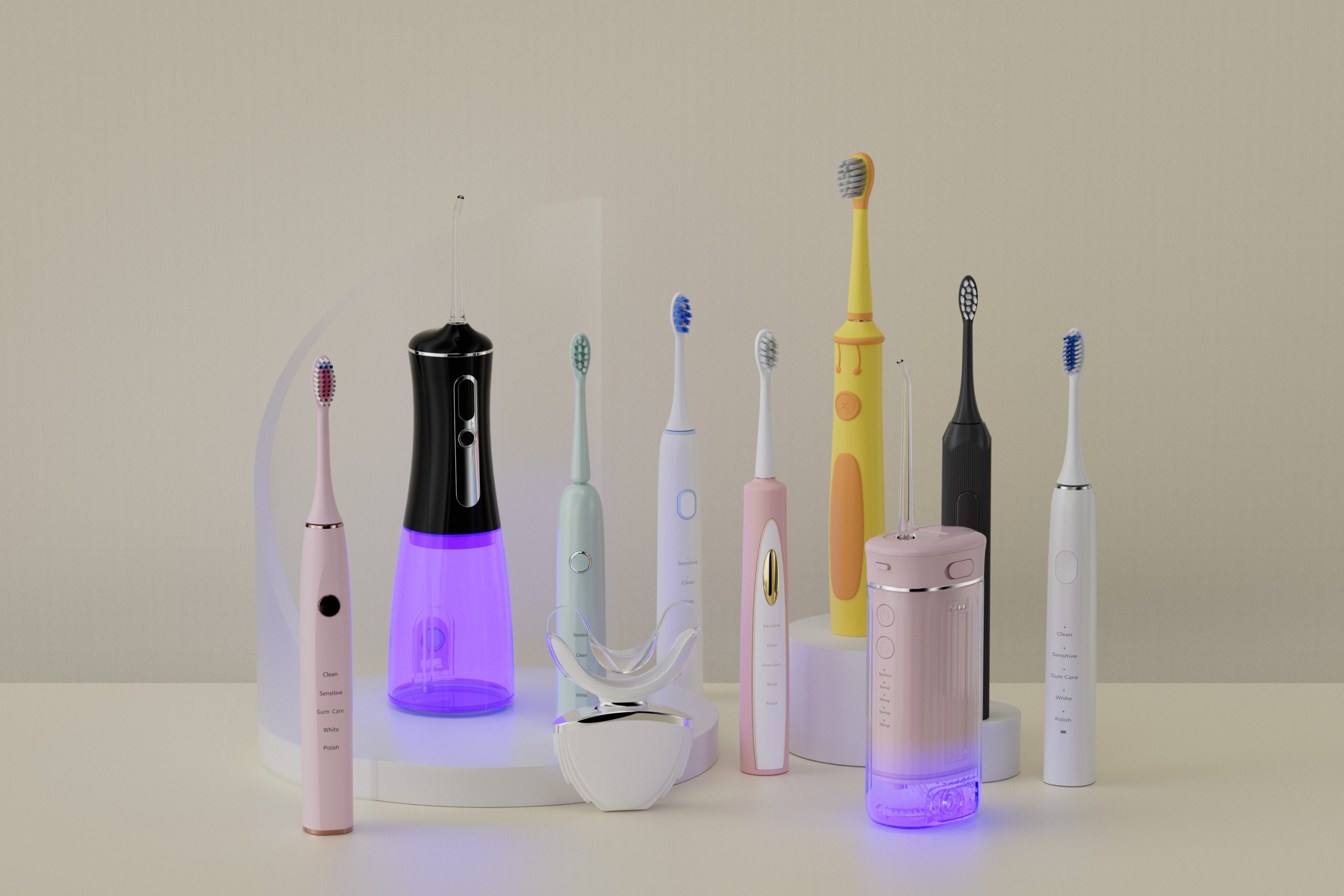
Oral Care Industry: How to Expand the Global Market?
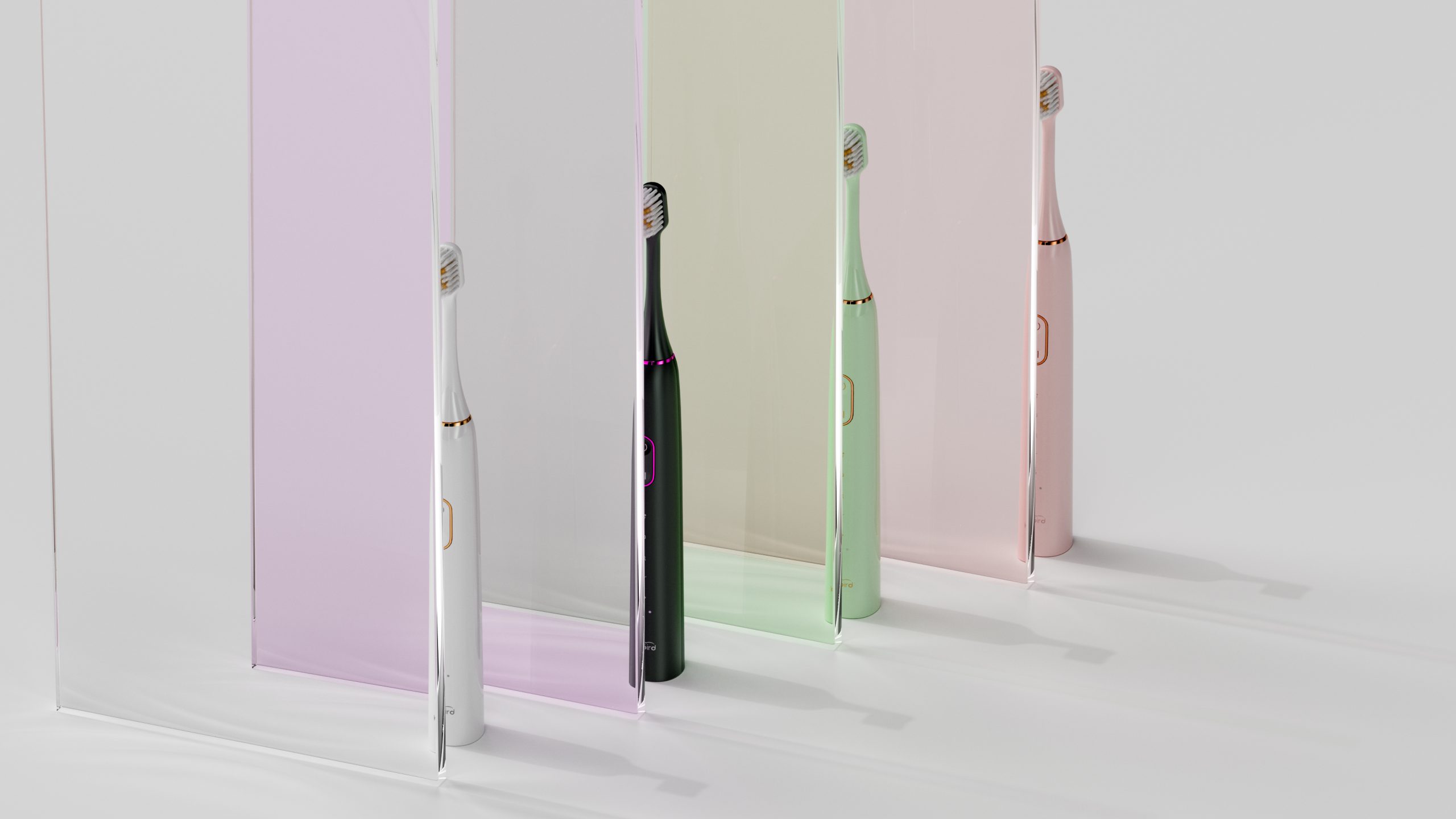
How Can Oral Care Product Brands Improve Customer Trust Through Content Marketing?

Waterproof Design Flaws of IPX7 Water-Resistant Water Flossers: Solutions to Seal Ring Aging and Water flosser Ingress Failures
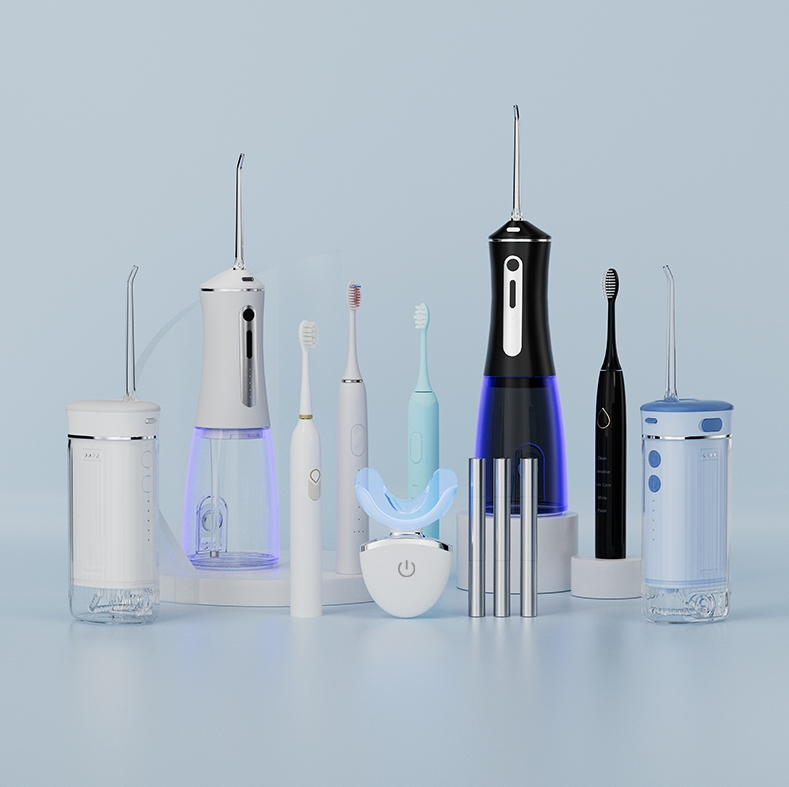
Solving the Common Issues of New Teeth Whitening Devices: Smart Countdown + How to Reduce 70% of Misoperations?
Why Is Enamel Vulnerability Linked to Staining Residuals?
Can Electric Toothbrush Charging Failures Cause Gum Bleeding?
Why Is Allergen Testing Critical for Post-Whitening Diets?
Does Warranty Cover Motor Overheating in Electric Toothbrushes?

Customization Teeth Whitening Gel

Private Label Whitening Gel

electric toothbrush heads Ultra Soft
.jpg)
Florida Electric Toothbrush – Powsmart PTR-C8

electric toothbrush heads Regular Clean

Electric toothbrush heads Charcoal Infused-Diamond

electric toothbrush heads Charcoal Infuse-Round

electric toothbrush heads Deep Clean
whstapp
whstapp
National Toll-Free Service Hotline
+86 755 86238638